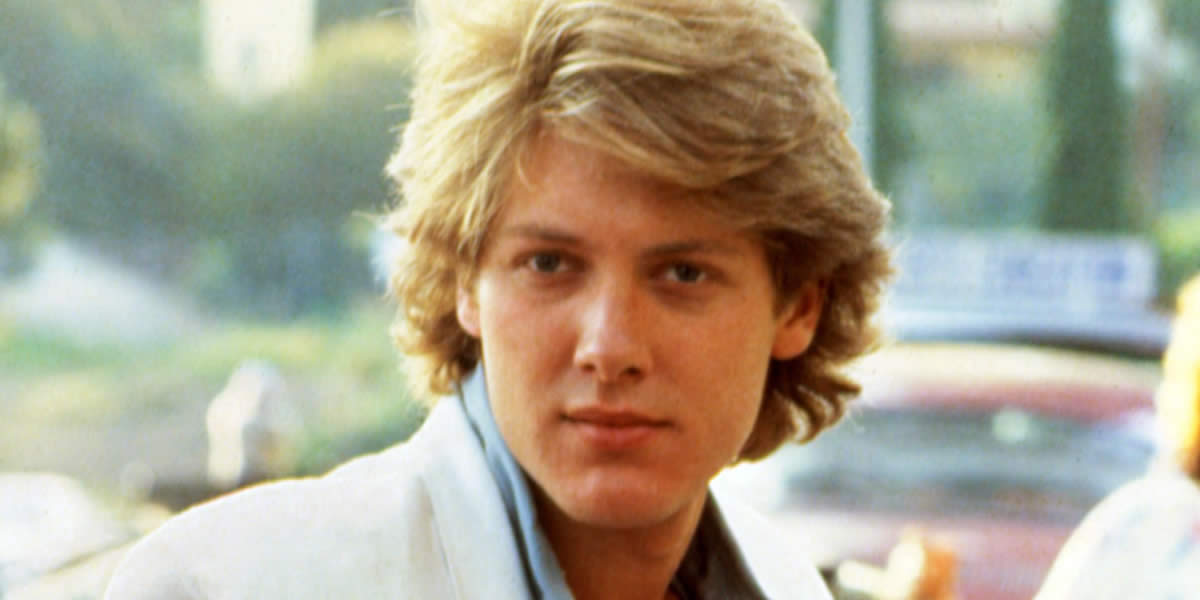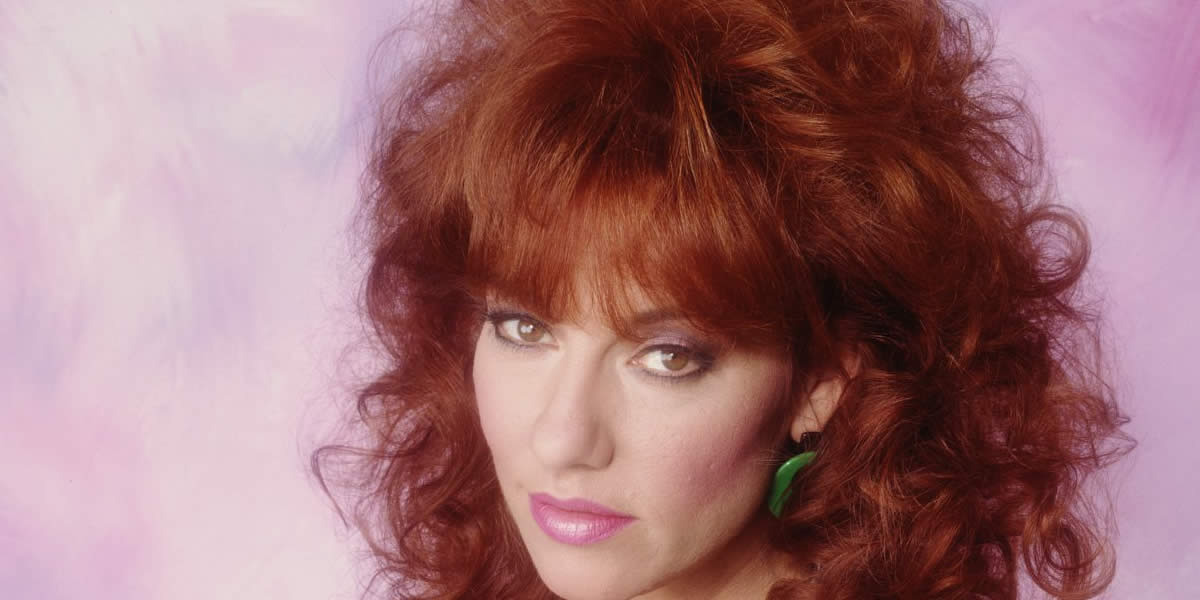In a decade that was all about colorful designs and playful energy, Jelly Shoes quickly became an affordable and stylish 80s footwear.
The concept of Jelly Shoes was first envisioned back in 1980 as a way of transforming cheap and ugly Spanish fisherman shoes into something that was colorful and stylish. The shoes themselves were manufactured from transparent PVC plastic. The shoes were extremely flexible and came in a variety of different colors and glittery finishes. They were extremely affordable and offered one of the most unique looks of the decade. Jelly Shoes didn’t just reflect the fashion of the 80s, it embodied the era’s spirit of innovation, fun, and experimentation. As a result, Jelly Shoes became a quintessential 80s footwear .
How Jelly Shoes Became Popular in 80s Footwear The 80s were full of rapid changes both socially and culturally. Consumerism was on the rise and mass production played a key role in shaping trends in the fashion industry. The global economy was booming, and with it came the rise of affordable mass-market fashion items. Newly created products like PVC allowed manufacturers to create trendy, budget-friendly items that could appeal to a very large audience. And, Jelly Shoes were very appealing to younger consumers.
When coupled with the rise of pop culture thanks to MTV, bold colors, and playful accessories, the 80s Footwear and accessory industries were changing at breakneck speeds. There was a demand for styles that would easily resonate with the youth culture, the carefree attitude of the decade, and the desire for new ways to express one’s personality. Jelly Shoes offered this to the younger generation, thanks to its unique blend of practicality, affordability, and style.
Jelly Shoes and Fast 80s Footwear Fashion But, Jelly Shoes were more than just another pair of shoes. They were part of a larger trend of fast 80s Footwear fashion.
The Birth of Jelly Shoes Jelly Shoes were initially introduced and the early part of the 1980s by a French company that used PVC to craft affordable, lightweight, and waterproof footwear. The initial idea was to create a practical shoe that could be worn in wet conditions. The first manifestation of the shoe was created for fishermen and Spain. But they also became an ideal option for beach outings, as well as casual wear. The unique design using plastic materials gave them a distinct and glossy appearance which set them apart from any other shoe on the market. And, this novelty quickly gained the attention of fashion-forward consumers around the globe.
One of the biggest benefits of the popularity of Jelly Shoes and 80s footwear was the idea of mass production. Unlike traditional shoes, Jelly Shoes could be produced with machines in a manufacturing facility. They could be easily produced in a wide range of styles and colors, that would fit just about any type of situation. You had your choice of flat sandals, straps, glitter, and heels. The available variety only increased their appeal to the younger generation.
Jelly Shoes in 80s Footwear and Pop Culture As with most of the 80s fashion trends , pop culture played an important role in catapulting them to widespread popularity. MTV which had launched in 1981 was one of the biggest driving forces behind fashion trends throughout the decade. As music videos became a way to showcase cutting-edge style, artists like Boy George, Cyndi Lauper, and Madonna embraced quirky, bold, and stylish fashion choices that inspired millions of fans around the world.
When combined with other forms of media like teen movies, the fashion industry grew with leaps and bounds. He had countless teen movies like Sixteen Candles and The Breakfast Club that helped to redefine the fashion sense of the decade. In most of these teen flicks, the actors and actresses were often seen in casual, trendy out that’s that resonated with the younger audiences. Jelly Shoes were both casual and fashionable which allowed them to fit in perfectly during this carefree and fun-loving period of time.
80s Footwear and Fast Fashion Of course, one of the biggest factors that contributed to the success of Jelly Shoes was their availability. A unique feature of the fashion industry during the 80s was the trend of fast fashion. Jelly Shoes were a perfect fit for this trend, as they were affordable and disposable. Simply put, they cost next to nothing to manufacture and were available in a wide range of styles and designs that met just about any consumer’s needs. And, they were sold everywhere from high-end boutiques to discount stores.
Best of all, was that the shoes were water resistant. This made Jelly Shoes perfect for a wide array of different settings including amusement parks, and beaches, as well as for everyday wear. Parents found them especially appealing for their younger children as they were cheap and easy to clean. And, teens and young adults appreciated their trendy look and fun colors. This combination of affordability, practicality, and style was a perfect match for the era.
Mass-Market 80s Footwear and Pop Culture Jelly Shoes were a product of the mass-market fashion of the 80s. Nevertheless, their popularity was improved thanks to icons like Madonna who was seen from time to time sporting a pair. On top of that, you also had top-name designers like Vivienne Westwood who are known for pushing the boundaries of fashion. Vivienne Westwood occasionally incorporated PVC and other unconventional materials in their own designs which helped to elevate the status of Jelly Shoes as a legitimate fashion statement.
Jelly Shoes Were Affordable Fashion in the 80s Although the 80s saw an increase in disposable income, there was still a need for cheap and affordable fashion. Jelly Shoes fit right in and this backdrop, as they allowed people from all walks of life to participate in the trend without having to break the bank. The shoes themselves were an emblem of the 80s obsession with bright colors, quirky designs, and mass-produced fashion. And, their presence in the wardrobes of both the affluent and everyday consumer help to highlight the decade’s focus on blending fun with functionality.
Over the years, Jelly Shoes have made several comebacks. The largest comebacks occurred in the 2000s and 2010s. Popular brands like JuJu and Melissa started manufacturing Jelly Shoes as a way of paying homage to the nostalgic fashion trends of the 80s. And, variations of the shoe continue to be manufactured around the globe thanks to an increase in eco-friendly manufacturing technologies.
Conclusion Jelly Shoes were a representation of the era’s bold, colorful, and experimental approach to fashion. The shoes themselves began life as a practical, waterproof footwear designed for fishermen. And, thanks to the ease of manufacturer, they quickly became one of the most affordable and widely purchased shoes of the decade.




